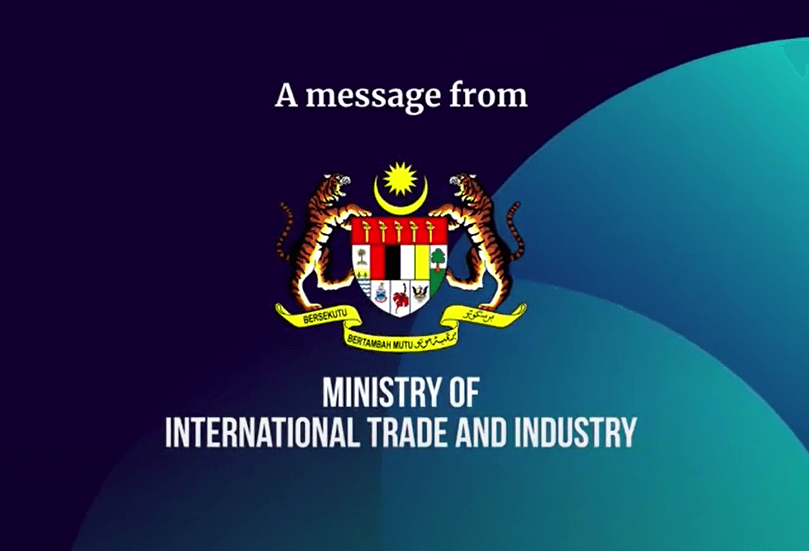Malaysia External Trade Statistics
For the Year 2020

Year 2020 has been challenging to global trade as a result of the stringent lockdown measures imposed across the board due to the COVID-19 pandemic. This directly caused major disruptions to global supply chains, especially the movement of goods and services, and severely affected manufacturing activities.
Despite this unprecedented scenario, Malaysia’s external trade performed fairly well with exports rebounding in the second half of 2020 as compared to the negative growth recorded in the first half of the year. This could be attributed to the progressive opening of the economy and a gradual recovery of external demand. In fact, exports in December was the highest monthly value recorded for 2020.
Exports to China recorded a new high in 2020 and similar momentum was reported for the United States which posted the largest value in the last decade. There was significant export growth to the emerging markets notably Costa Rica, Kazakhstan, Kenya, Nigeria, Ghana and Cote d’Ivoire. Rubber products, electrical and electronics (E&E) products, as well as palm oil and palm oil-based agriculture products registered strong export expansion.
Meanwhile, the trade surplus was the highest ever recorded thus maintaining a sustained surplus trend for 23 consecutive years since 1998. Malaysia’s trade performance was in tandem with countries in the region notably Indonesia, Singapore, the Republic of Korea (ROK) and Thailand.
While trade with existing Free Trade Agreement (FTA) partners in 2020 stood at RM1.185 trillion, registering a decrease of 3.7% and accounted for 66.7% of Malaysia’s total trade, the recent signing of the Regional Comprehensive Economic Partnership (RCEP), the biggest FTA in the world, will provide Malaysian companies and businesses access to more than a third of the world’s market, attract foreign direct investment and will be a boon to our export growth.
Going forward, investor confidence has been bolstered by Moody’s latest affirmation of Malaysia’s local and foreign currency long-term issuer ratings at A3, with a stable outlook. This is a testament to the Government’s strong fiscal discipline and robust medium-term growth prospects and demonstrates Moody’s confidence in Malaysia as having strong credit standing. While these are challenging times, the Government’s priority is to place the nation firmly on the path of economic recovery particularly with the 12th Malaysian Plan as the blueprint for sustainable growth founded on sound economic fundamentals and decisive policy measures. This bodes well for greater and more robust trade performance.









